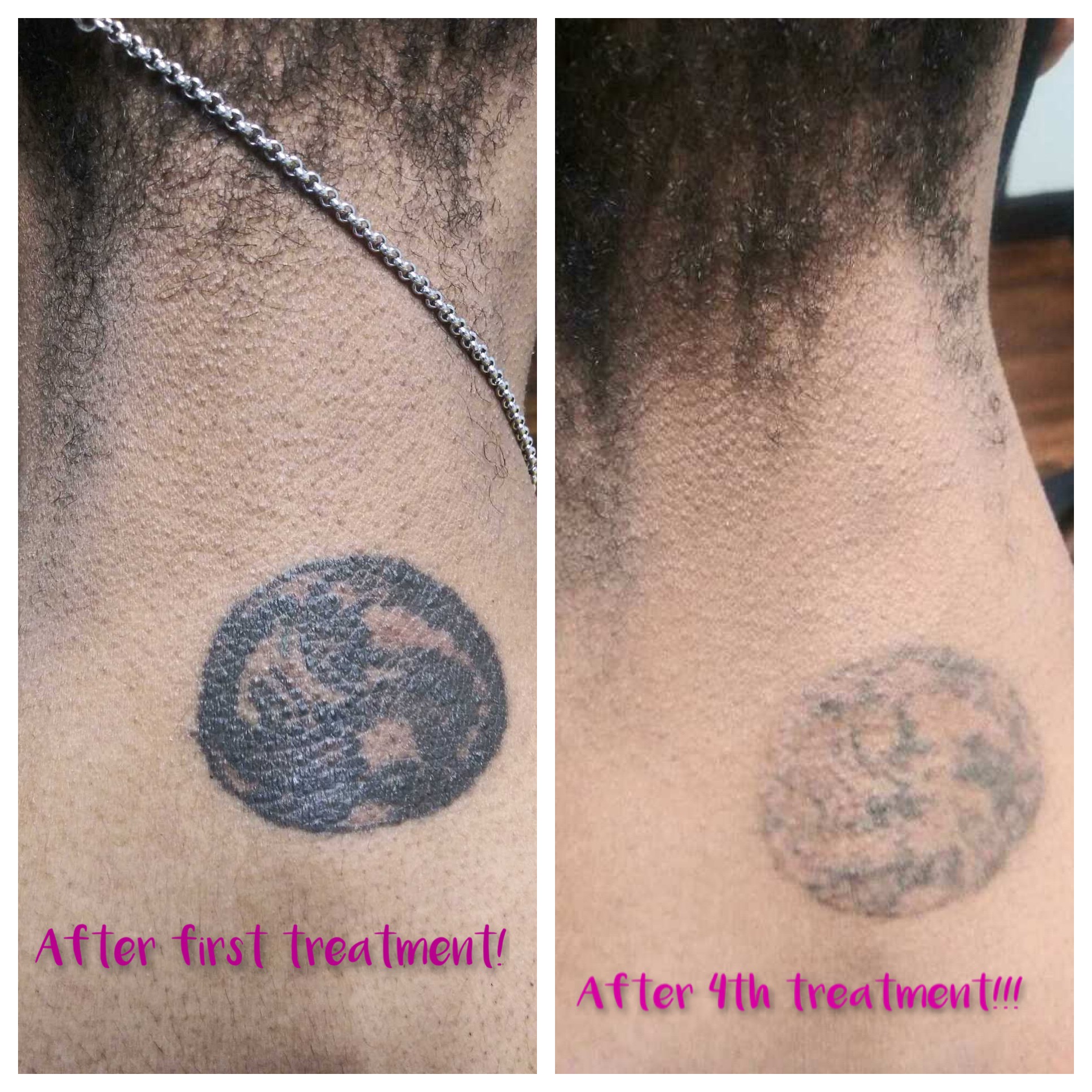
Getting a tattoo is a permanent decision, but sometimes life changes, and you may find yourself wanting to erase that ink. Fortunately, several methods exist to help you achieve a clean slate, each with varying effectiveness and cost.
Laser Tattoo Removal: The Gold Standard
Laser tattoo removal is considered the most effective method for removing tattoos of all colors and sizes. The process uses targeted laser beams to break down the ink particles, allowing the body to naturally absorb them.
Cost: Laser tattoo removal is generally the most expensive option, with prices varying based on factors like:
Tattoo size: Larger tattoos require more sessions, increasing the overall cost.
Ink colors: Darker colors are easier to remove than lighter ones, meaning fewer sessions and lower costs.
Location: Tattoo removal clinics in urban areas tend to have higher prices.
Number of sessions: Multiple sessions are usually required for complete removal, adding to the cost.
Expect to pay: $200-$500 per session, with a typical treatment plan requiring 5-10 sessions.
Other Tattoo Removal Options:
1. Surgical Excision: This involves surgically removing the tattoo and stitching the skin closed. It is effective for small tattoos but can leave scarring.
Cost: Can range from $500 to $1,000 per procedure, depending on the size and location.
2. Dermabrasion: This technique uses a rotating brush to remove the top layers of skin, including the tattoo. It is more invasive and carries a higher risk of scarring.
Cost: $500 to $1,500 per treatment, with multiple sessions often needed.
3. Cryosurgery: This method involves freezing the tattoo with liquid nitrogen, causing the skin to blister and peel away. It is effective for some tattoos but carries a risk of scarring.
Cost: $100 to $300 per treatment, with several sessions usually required.
4. Salabrasion: This involves using a salt solution to exfoliate the skin and remove the tattoo. It's less effective and may result in scarring.
Cost: $100 to $200 per session, with multiple treatments often needed.
5. Tattoo Cover-Up: This involves covering the existing tattoo with a new design. It's less expensive than removal but may not be a suitable option for all tattoos.
Cost: Varies greatly depending on the complexity and size of the new design.
Choosing the Right Option:
Ultimately, the best tattoo removal method for you depends on your individual needs, budget, and the tattoo's characteristics. Consulting with a qualified dermatologist or plastic surgeon is crucial to discuss your options, understand the risks and benefits, and get a personalized treatment plan.